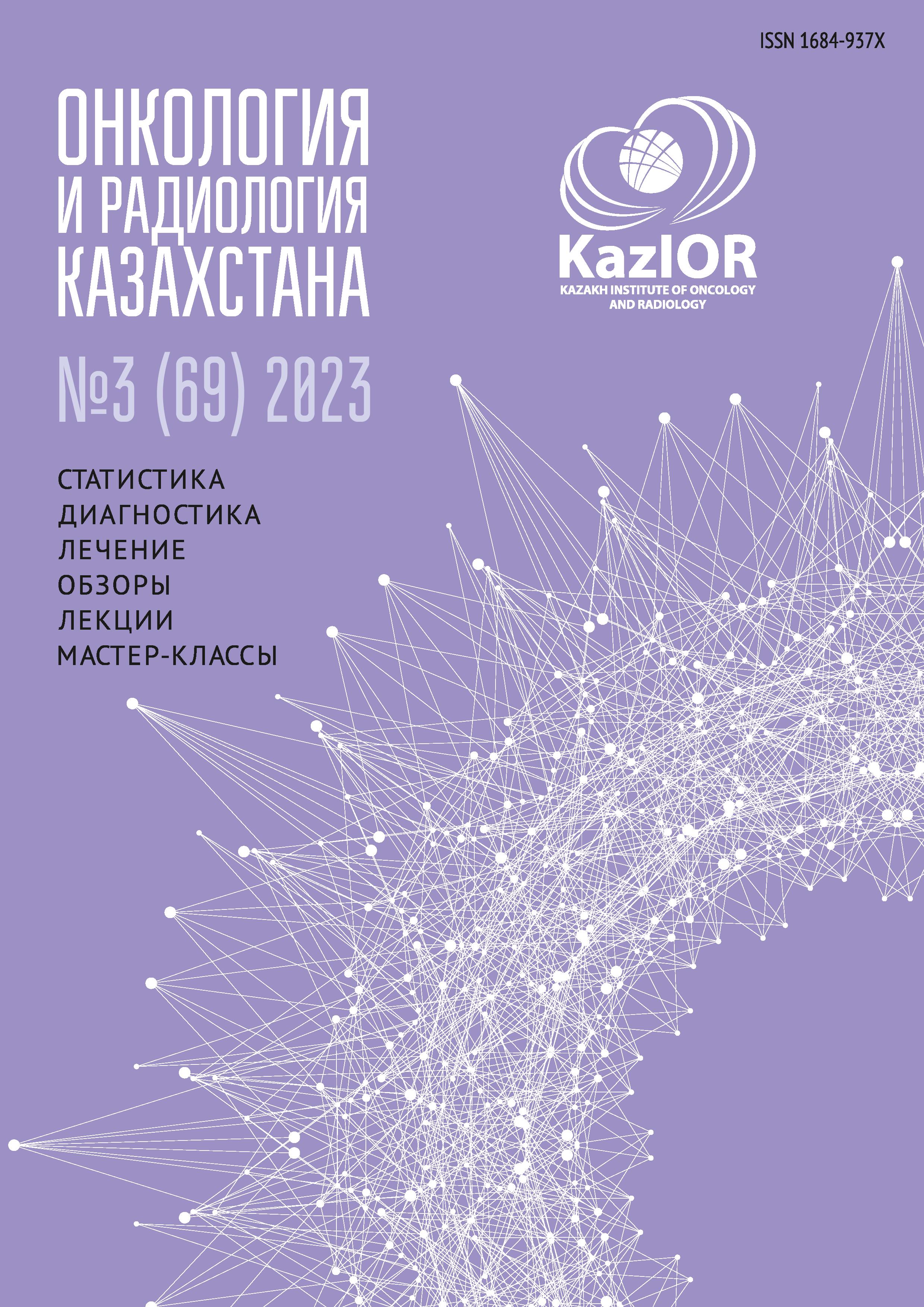Impact of chloride and lead ion content in open water sources in Kyzylorda region on population’s cancer incidence
Keywords:
Kyzylorda, melanomas, lung cancer, intestine cancer, chloride ions, lead ionsAbstract
Relevance: In 2004-2013, the cumulative cancer incidence was about 200 cases per 100 thousand in Kazakhstan, while in the disaster area of Aral Sea – about 225 cases per 100 thousand. For comparison, cancer incidence in the prosperous region of Karaganda was 140 cases per 100,000 population. As of 2021, the incidence of colorectal cancer in Kyzylorda was 17.73 compared to 5.81 per 100,000 population in 2015. Factors of the surrounding macro- and microenvironment are trigger factors for tumor initiation. Salt deposits of the dried Aral Sea in the form of solonchaks spread to the territory of the entire Kyzylorda region. Pesticides and process water have been discharged into rivers for many years, which has led to the accumulation of heavy metal salts in water and soil on the banks of the rivers and in the place of the dried-up Aral Sea, which in turn can affect the increase in cancer incidence.
The study aimed to study the dependence of cancer incidence on water pollution by ions of chlorine and lead in open water bodies in the Kyzylorda region.
Methods: Analysis of cancer incidence in 2021 by localization: intestines, stomach, sarcomas, lungs, and melanomas in the Kyzylorda region. Determination of the content of chlorine ions by titration with silver nitrate, spectrophotometric determination of lead ions in the open water sources. Comparative correlation analysis of the concentration of chlorine ions and lead with cancer incidence in this region.
Results: The maximum permissible chlorine and lead ions concentrations in all studied open water sources of the Kyzylorda region exceeded the norm by 1.024-20.26 times and 1.4-14.1 times, respectively. The presence of chlorides in the water increased intestine cancer incidence by 17% with an approximation certainty of 0.38. The presence of lead in water increased the incidence of melanomas by 22%, with an approximation certainty of 0.79. The correlation coefficient was r=0.618; p=0.07 for exceeding chlorides’ MPC and bowel cancer incidence.
Conclusion: Heavy metals like lead in water samples in regions with increased cancer incidence indicate a co-dependent relationship of these factors. Pollutants such as chlorides and lead increase intestine cancer and melanoma incidence.

